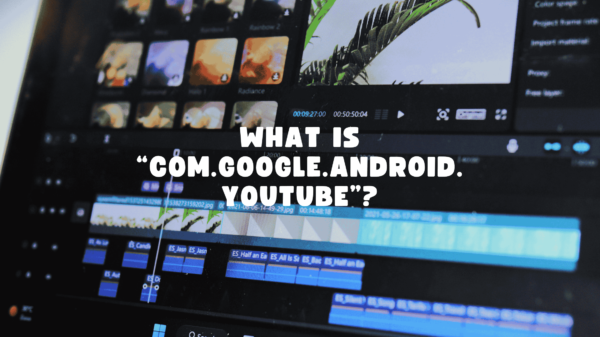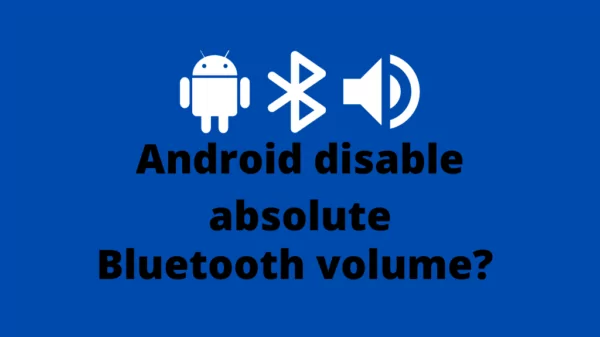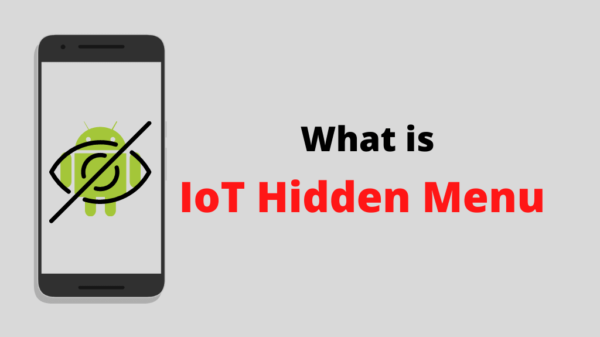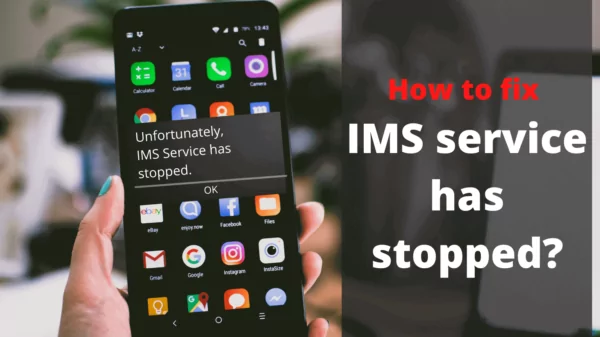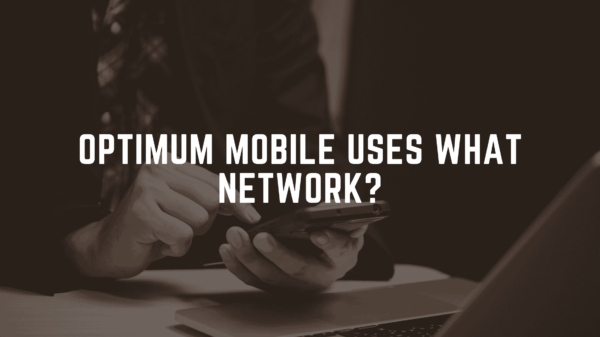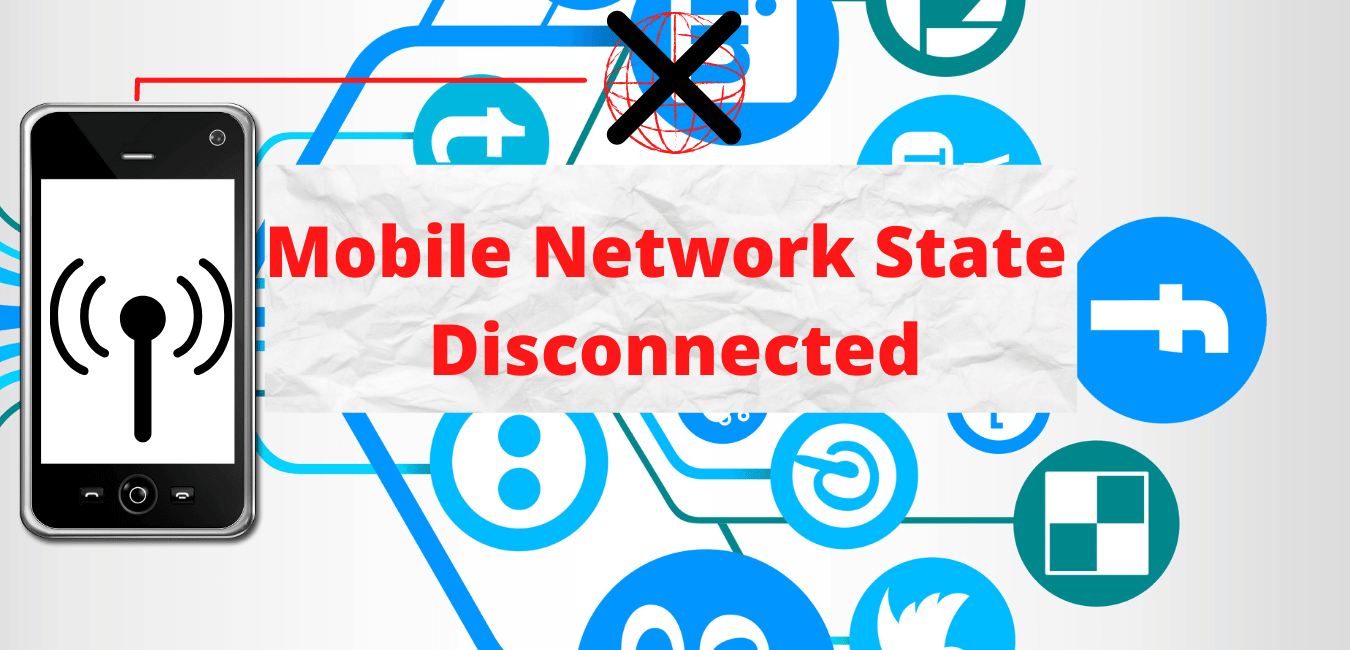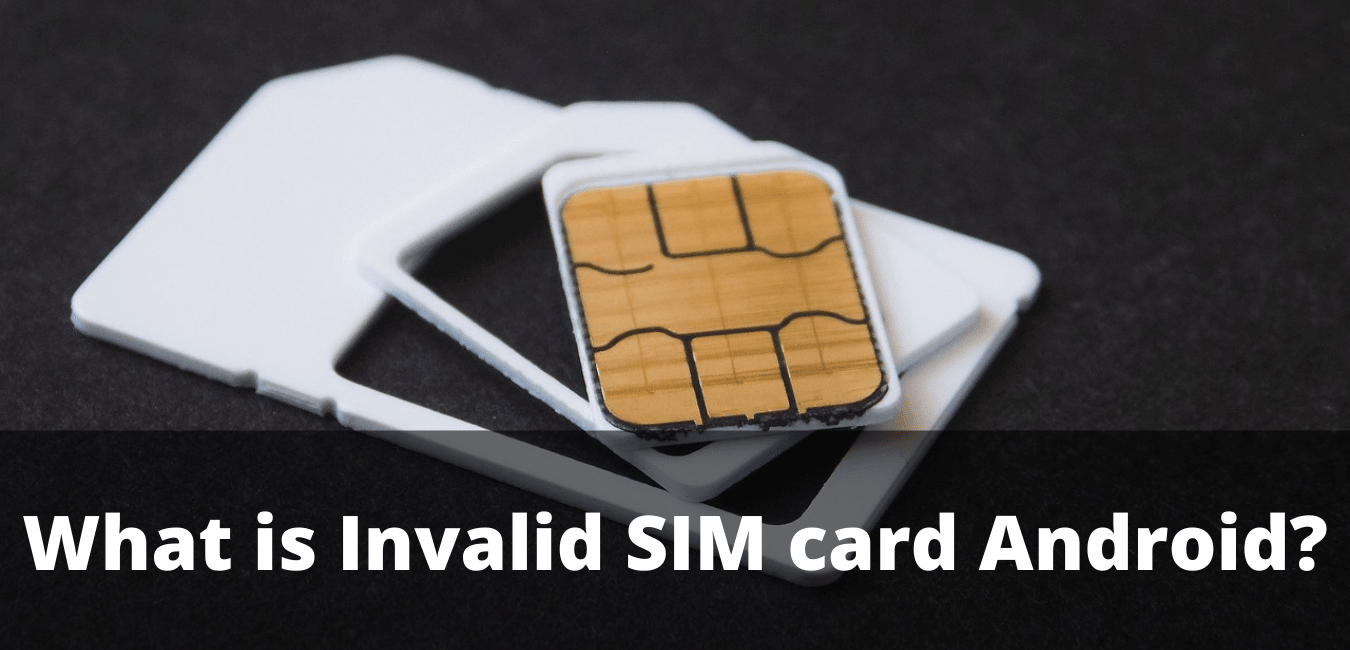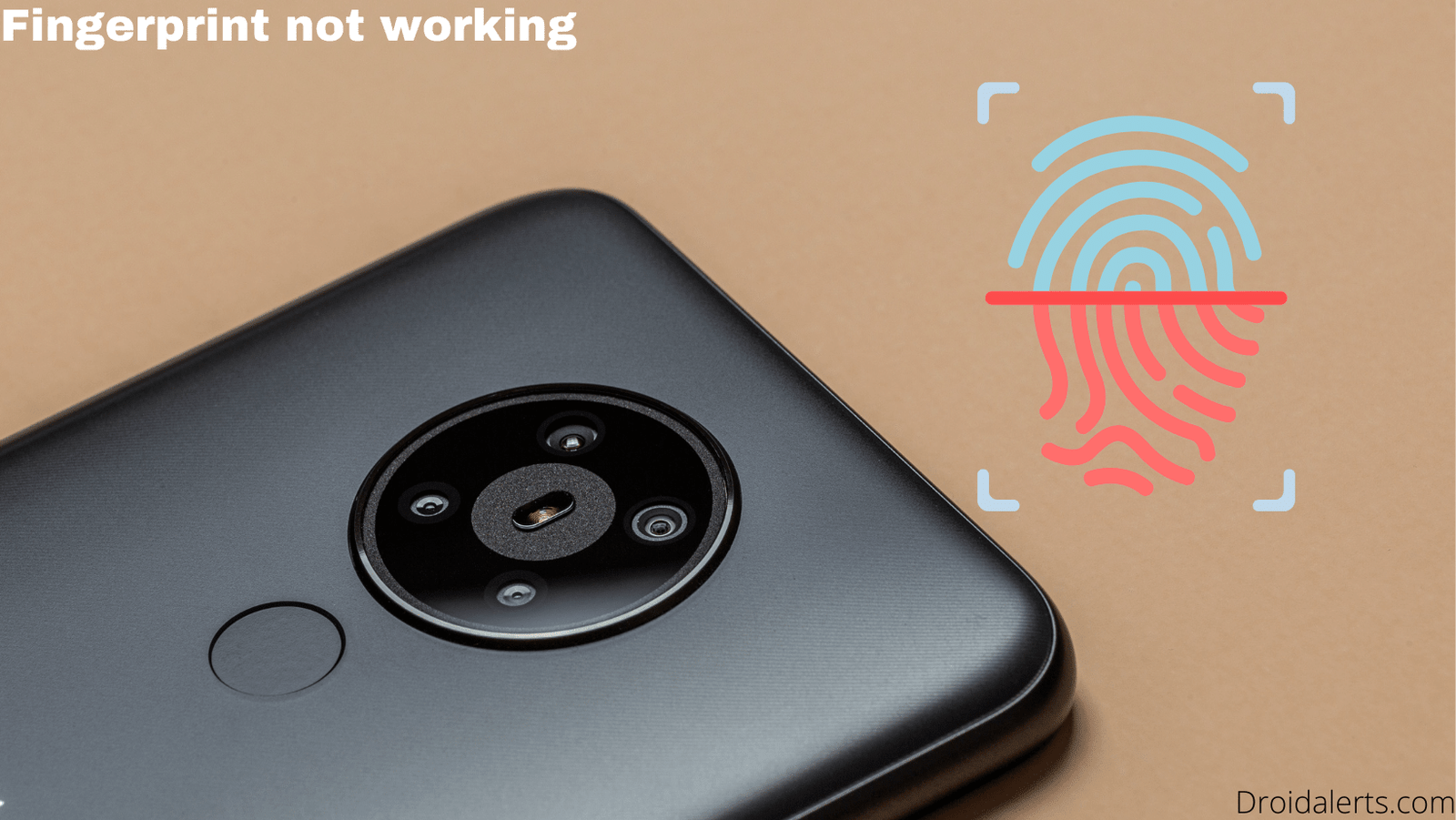Imagine a world without mobile networks. No instant messaging, no video calls, no streaming your favorite shows on the go. Sounds like a nightmare, doesn’t it? Mobile network is the invisible threads that weave our digital lives together, enabling us to stay connected no matter where we are. But how do they work? What makes them tick? And what does the future hold for this incredible technology? Buckle up, because we’re about to dive deep into the fascinating world of mobile networks.
Table of Contents
What is a Mobile Network?
At its core, a mobile network is a system that allows devices like smartphones, tablets, and even some cars to communicate wirelessly. Think of it as a giant web of interconnected cells—each served by a tower—that ensures your call, text, or video reaches its destination. Without mobile networks, your phone would be little more than a fancy paperweight.
Why Mobile Networks Matter
Mobile networks aren’t just about staying in touch with friends and family. They’re the backbone of modern life, powering everything from online banking to emergency services. They’ve revolutionized how we work, play, and even think. But how did we get here? Let’s take a quick trip down memory lane.
The Evolution of Mobile Networks: From 1G to 5G
1G: The Humble Beginnings
Back in the 1980s, the first generation of mobile networks, or 1G, made its debut. It was all about analog voice calls—no texts, no internet, just plain old talking. The sound quality wasn’t great, and the phones were the size of bricks, but it was a start.
2G: The Digital Revolution
The 1990s brought us 2G, which switched from analog to digital signals. This was a game-changer. Suddenly, we could send text messages (SMS) and even access basic data services. Remember those iconic Nokia phones? Yep, that was the 2G era.
3G: Hello, Mobile Internet
With 3G, mobile networks took a giant leap forward. We could now browse the internet, send emails, and even make video calls. It wasn’t lightning-fast by today’s standards, but it opened up a whole new world of possibilities.
4G: The Speed Demon
Then came 4G, and boy, did it change the game. With speeds up to 100 times faster than 3G, streaming videos, playing online games, and video conferencing became seamless. It’s the network that made smartphones truly smart.
5G: The Future is Here
Now, we’re in the era of 5G. It’s not just about speed—though it’s blazing fast—it’s about connecting everything. From self-driving cars to smart homes, 5G is set to transform our world in ways we’re only beginning to understand.
How Do Mobile Network Work?
Ever wondered how your phone manages to connect to someone halfway across the world? It’s all thanks to a complex but beautifully orchestrated system.
The Building Blocks of a Mobile Network
- Cell Towers and Base Stations: These are the unsung heroes of mobile networks. They’re the tall structures you see dotting the landscape, sending and receiving signals to and from your phone.
- Mobile Devices and SIM Cards: Your phone is just one piece of the puzzle. The SIM card inside it identifies you to the network, ensuring your calls and data go where they’re supposed to.
- Core Network and Backhaul Infrastructure: This is the brain of the operation, handling everything from routing calls to managing data traffic.
Signal Transmission: The Invisible Highway
Mobile networks rely on radio waves to transmit signals. These waves travel at different frequencies, which is why your phone can pick up a signal even in the middle of nowhere (well, most of the time). Techniques like modulation and multiplexing ensure that multiple users can share the same frequency without interfering with each other.
Network Architecture: The Backbone of Connectivity
Mobile networks are divided into two main types: circuit-switched and packet-switched. The former is used for voice calls, while the latter handles data. Together, they ensure that your phone can do everything from making calls to streaming videos.
Key Technologies Powering Mobile Network
Multiple Access Techniques
To handle millions of users simultaneously, mobile networks use techniques like FDMA, TDMA, CDMA, and OFDMA. These methods ensure that everyone gets a slice of the network pie without stepping on each other’s toes.
Spectrum Management
The radio spectrum is a limited resource, and managing it is no small feat. Governments allocate specific frequency bands to mobile operators, who then use advanced technologies to optimize their use.
Network Protocols
From GSM to LTE and now 5G NR, network protocols are the rules that govern how data is transmitted. They ensure that your phone can communicate seamlessly with the network, no matter where you are.
Antenna Technologies
Modern antennas are smarter than ever. Technologies like MIMO and beamforming allow networks to focus signals directly at your device, improving speed and reliability.
Mobile Network Standards and Organizations
International Telecommunication Union (ITU)
The ITU sets the global standards for mobile networks, ensuring that your phone works whether you’re in New York or Tokyo.
3GPP (3rd Generation Partnership Project)
This group is responsible for developing the standards behind GSM, UMTS, LTE, and 5G. Without them, mobile networks wouldn’t be as reliable or interoperable as they are today.
IEEE and Other Contributing Organizations
These organizations play a crucial role in advancing wireless communication technologies, ensuring that mobile networks continue to evolve.
Mobile Network Services and Applications
Voice and SMS Services
Even in the age of instant messaging, voice calls and SMS remain essential. They’re the backbone of mobile communication.
Mobile Data Services
From browsing the web to checking social media, mobile data services keep us connected to the digital world.
Mobile Broadband
Need internet on the go? Mobile broadband has you covered, whether you’re tethering your laptop or using a mobile hotspot.
Value-Added Services
Mobile networks also power services like mobile banking, payments, and location-based navigation, making our lives easier and more convenient.
Challenges in Mobile Network
Network Congestion
Ever tried to use your phone at a crowded event? Network congestion can slow things to a crawl, but operators are constantly working to improve capacity.
Security and Privacy
With great connectivity comes great responsibility. Mobile networks must protect user data from hackers and other threats.
Coverage and Connectivity
While urban areas enjoy excellent coverage, rural and remote areas often struggle with poor connectivity. Bridging this gap is a major challenge.
Energy Consumption
Mobile networks consume a lot of power, but green technologies are helping to reduce their environmental impact.
The Future of Mobile Network
6G and Beyond
While 5G is still rolling out, researchers are already looking ahead to 6G. What will it bring? Only time will tell, but the possibilities are endless.
Integration with Emerging Technologies
From AI to blockchain, emerging technologies are set to revolutionize mobile networks, making them smarter and more secure.
Expansion of IoT and Smart Devices
The Internet of Things (IoT) is growing rapidly, and mobile networks will play a key role in connecting billions of smart devices.
Global Impact of Mobile Network
Economic Impact
Mobile networks contribute significantly to the global economy, creating jobs and driving innovation.
Social Impact
They’ve transformed how we communicate, learn, and access healthcare, bridging gaps and bringing people closer together.
Environmental Impact
While mobile networks have a carbon footprint, efforts are underway to make them more sustainable.
Case Studies and Real-World Examples
Successful Mobile Network Deployments
From 4G rollouts in developing countries to 5G trials in urban centers, mobile networks are transforming lives.
Innovative Use Cases
Mobile networks are being used in disaster response, agriculture, and even transportation, proving their versatility.
Conclusion – Mobile Network
Mobile networks are more than just a technological marvel—they’re a testament to human ingenuity. From their humble beginnings to the cutting-edge 5G networks of today, they’ve come a long way. And with 6G on the horizon, the journey is far from over. So the next time you make a call or stream a video, take a moment to appreciate the incredible technology that makes it all possible.
READ ALSO: How to Fix Mobile Network State Disconnected Error
Additional Resources
Further Reading
- Books: The 5G Myth by William Webb
- Articles: “The Evolution of Mobile Networks” by TechCrunch
Useful Links
Glossary of Terms
- MIMO: Multiple Input Multiple Output
- LTE: Long-Term Evolution
- IoT: Internet of Things
References – Mobile Network
- International Telecommunication Union (ITU)
- 3rd Generation Partnership Project (3GPP)
- IEEE Communications Society
There you have it—a comprehensive guide to mobile networks that’s as informative as it is engaging. Whether you’re a tech newbie or just curious about how your phone works, we hope this article has shed some light on the invisible web that keeps us all connected.





